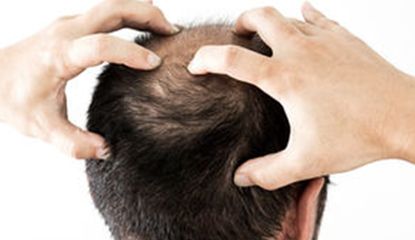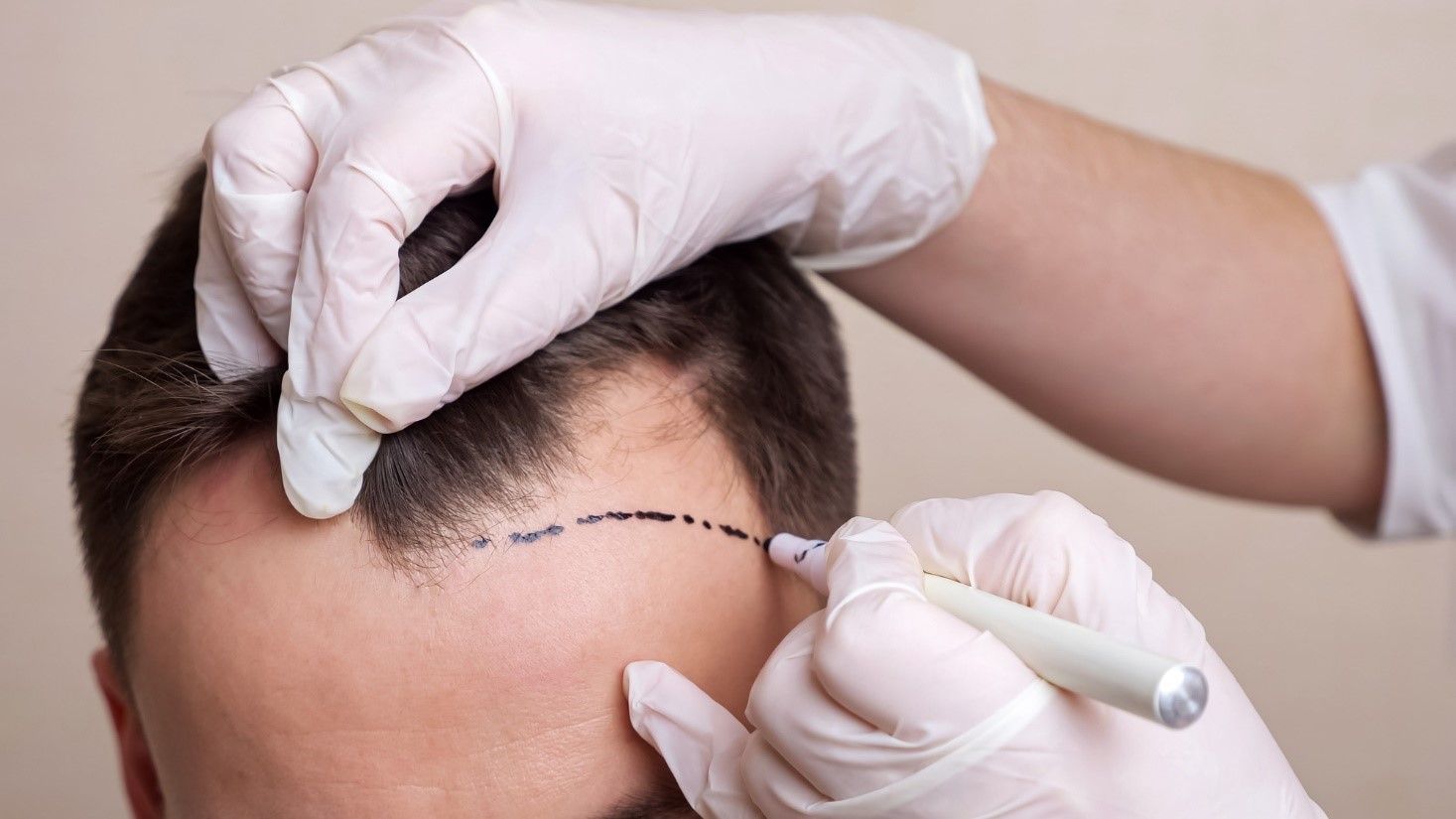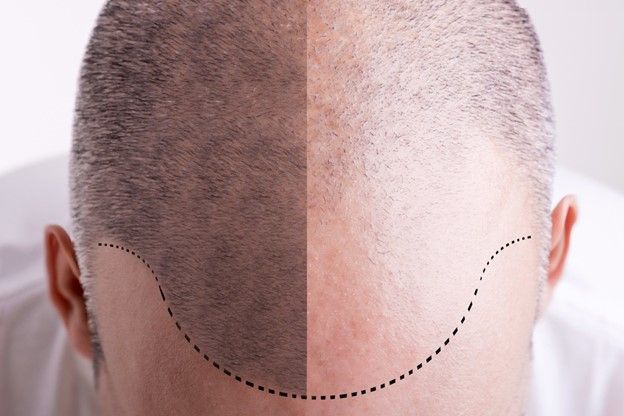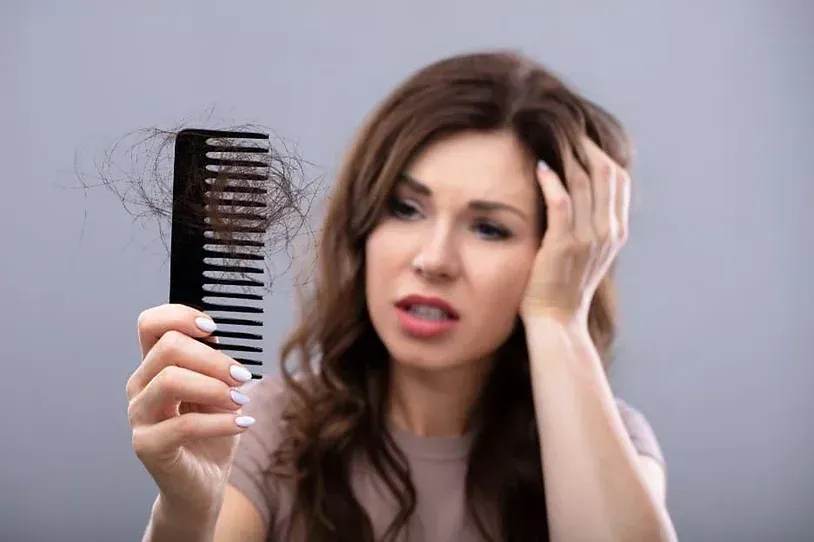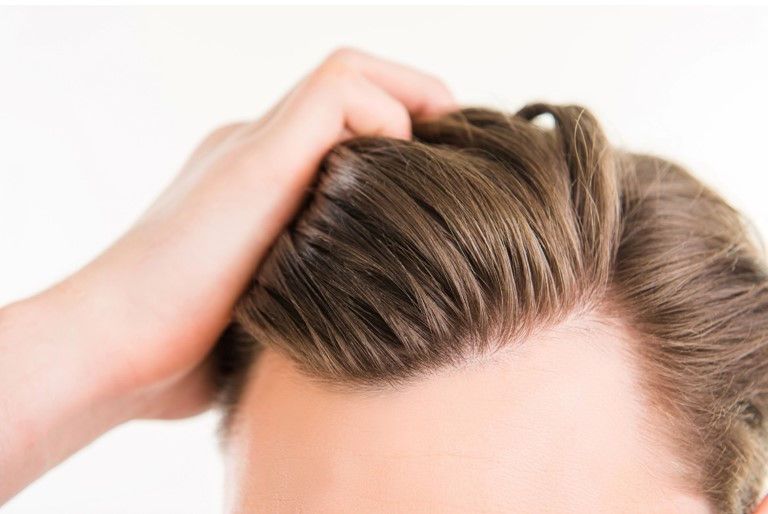Minoxidil vs Hair Transplant: Applications and Uses
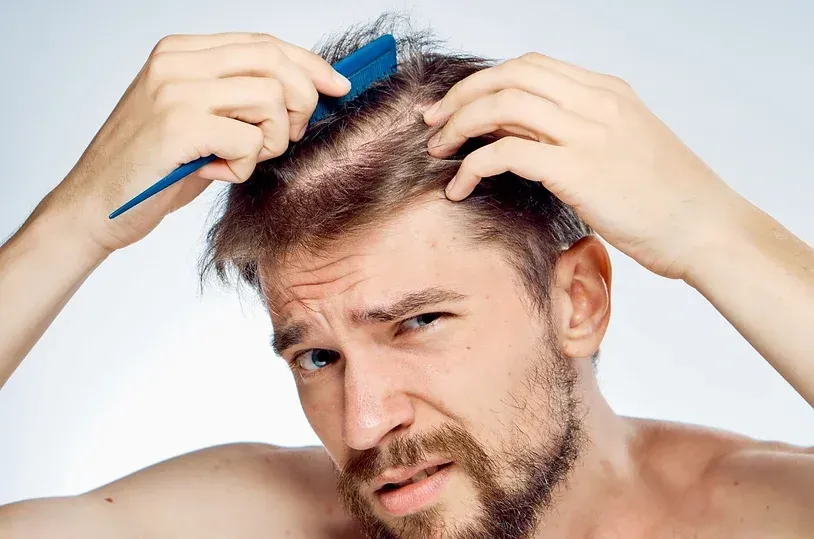
Minoxidil vs Hair Transplant: Applications and Uses
Hair loss can affect most people at some point in their lives. Both men and women often have different causes of hair loss and there are many different methods and products available to help restore your hair. However, it doesn't have to be the end of your good hair days.
You can opt for a hair transplant if you’re going bald. You can also use topical minoxidil to possibly slow down hair loss and regrow hair. The two treatments work in different ways. Read on to learn about how they work.
Causes of Hair Loss
Not all types of hair loss are the same. Some people find that while their hair density remains the same, the actual hairline recedes over time. In women, hair often thins out rather than forms bald patches like in men.
Hereditary hair loss is genetic and happens regardless of your diet or lifestyle. Early treatment can slow or stop hair loss.
You may also suffer hair loss due to medication, stress, and disease. Part of fighting and reversing this hair loss will mean narrowing down the cause.
What is Minoxidil?
Minoxidil is a common medication used for treating hair loss-related issues. If used orally, it is often prescribed to treat high blood pressure.
As a topical treatment, minoxidil is often used to treat male pattern baldness and female pattern hair loss.
It is important to note that while these topical treatments can give your hair a fuller, thicker, and healthier look, don't expect it to reverse your hair loss completely.
Based on clinical studies, the effectiveness of minoxidil for stimulating hair regrowth ranges from 15%-30%, depending on the age and the severity of hair loss. Individuals under 40 years of age often report a higher success rate from minoxidil for hair loss treatment. Minoxidil effectiveness for reducing hair loss in areas of the scalp can reach up to 60%.
Users of minoxidil may experience excessive shedding, especially in the beginning of the treatment. Shedding is normal, and new hair growth should replace any hair that falls out.
Hair Transplants
Alternatively, surgical hair transplants are the proven way to restore hair growth to areas with complete hair loss.
There are two techniques for removing hair from the permanent fringe of scalp hair. The first is called Follicular Unit Transplantation (FUT) whereby a strip of scalp is removed and then carefully dissected under microscopes into 1-4 haired follicular units. The second technique is called Follicular Unit Excision (FUE), whereby a small drill will core out 1-4 haired grafts from the back of the scalp. It is important to understand that both techniques will result in a scar. FUT results in a long thin horizontal scar and FUE results in thousands of tiny dot scars. The doctor will discuss with you the benefits and limitations of both techniques to determine which technique is better for you.
After the procedure, expect to take special care of your head. Your scalp may swell slightly and develop some scabbing, but after a week, you can resume normal physical activity. Hair may initially shed, but within a few months, your grafted hair will begin to grow.
Reach Out to Experts for Effective Hair Loss Treatment in Toronto
If you are insecure about your hair loss and want to make a change, there are many options available for you. Younger individuals whose hair loss is not that severe may find some success with minoxidil.
Hair transplant can be an effective solution for hair loss, yet it is also important to consult with your hair loss doctor to evaluate if you are the right candidate for the procedure.
Dr Paul C. Cotterill specializes in hair loss treatment in Toronto. Contact us today to learn more about what type of procedure will work best in your situation.

